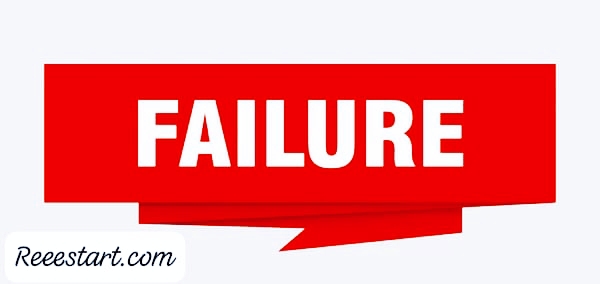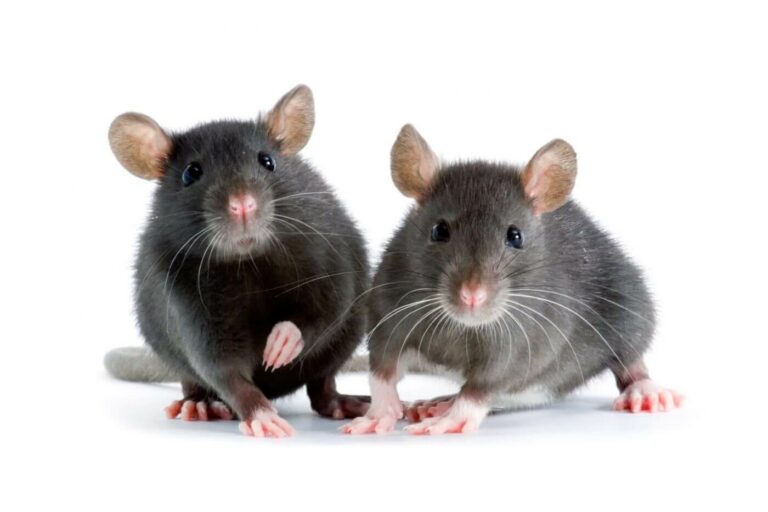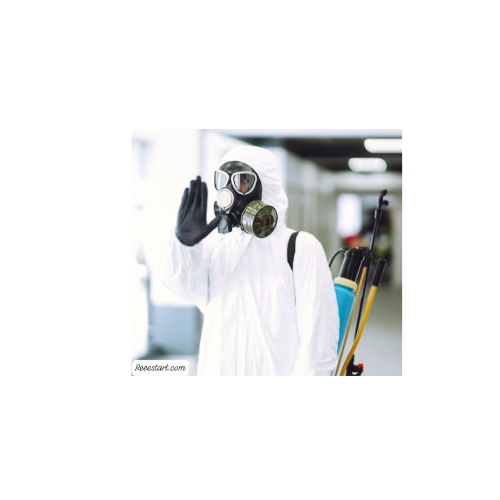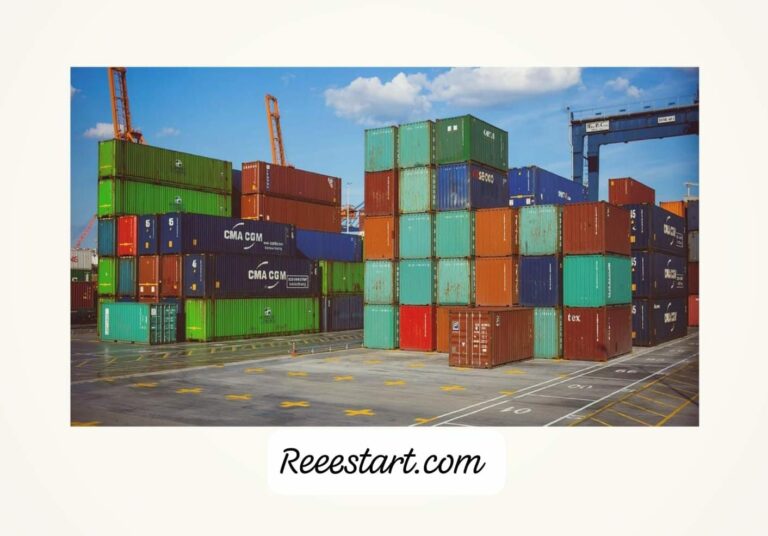Fumigation Failures in Agriculture can arise from a variety of factors, encompassing both technical and operational aspects, Fumigation is an essential practice in pest control, particularly in agriculture. It is widely used to protect stored agricultural products like grains, seeds, and other commodities from the devastating effects of pests. Phosphine is one of the most commonly used fumigants, recognized for its effectiveness in eradicating a variety of pests. However, despite its widespread use and proven effectiveness, fumigation processes sometimes fail to achieve the desired results, leading to the persistence of pests in treated products.
Fumigation Failures in Agriculture
This comprehensive article will analyze the common causes of Fumigation Failure in Agriculture, based on data analysis, online references, scientific articles, and case studies. It will cover factors that influence the success of fumigation, such as environmental conditions, fumigant properties, application techniques, and operational challenges. Moreover, we will explore how these factors contribute to the failure of pest eradication and offer insights into how to improve fumigation efficacy.
Improper Fumigant Dosage
One of the most common reasons for Fumigation failures in Agriculture is the incorrect application of the fumigant, particularly the use of an inadequate dosage. The effectiveness of fumigation depends on the correct concentration of the fumigant within the enclosed space. If the concentration of phosphine or any other fumigant is too low, it may not be sufficient to eliminate all stages of the pests’ life cycle.
Causes
- Miscalculating the Volume of the Space: The volume of the storage area or transport container must be accurately calculated.
- Failing to account for all spaces, including irregular areas, gaps, and containers inside the space, can result in an insufficient amount of fumigant being used.
- Wrong Fumigant Dosage for Pest Type and Temperature: Different pests require different concentrations and exposure times.
- Additionally, environmental factors like temperature and humidity play a crucial role in determining the necessary dosage.
- A failure to adjust the dosage to these factors can result in ineffective pest control.
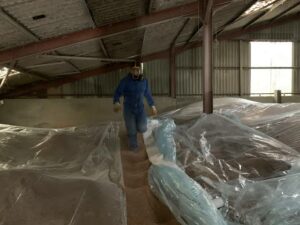
Impact
- Inadequate fumigant dosage leads to incomplete pest elimination. Some pests may survive, reproduce, and reinfest the treated product.
- Inconsistent fumigant distribution within the treatment space may cause pockets of untreated areas, allowing pests to escape exposure.
Solution
Accurately measure the fumigation space and ensure proper dosage based on the product being treated and the specific pest species. Always consult manufacturer guidelines and consider the environmental conditions during fumigation.
Inadequate Sealing of the Fumigation Area
The integrity of the fumigation chamber or the area being treated is paramount for the success of the fumigation process. If the space is not properly sealed, fumigants may escape, and pest control will be ineffective.
Causes
- Improper Sealing of Storage Facilities: Gaps, cracks, and holes in the walls, doors, or containers can allow fumigants to leak out, preventing the desired concentration from being achieved within the space.
- Faulty Seals in Packaging: If the storage or transport containers are not properly sealed, fumigants may not adequately penetrate the product, leading to uneven exposure.
Impact
- Pests may avoid exposure to the fumigant, particularly if the fumigant concentration is insufficient due to leakage.
- The overall efficacy of the fumigation process is significantly compromised, and pests may continue to infest the treated products.
Solution
- Thoroughly inspect storage areas or containers for any gaps or cracks before fumigation.
- Ensure that doors and openings are tightly sealed and that containers are impermeable to fumigants.
Temperature and Humidity Variability
Environmental conditions such as temperature and humidity significantly affect fumigant efficacy. Phosphine and other fumigants are highly sensitive to these factors, and their release and effectiveness can be compromised under unfavorable conditions.
Causes
- Extreme Cold or Heat: When fumigation is carried out in low-temperature environments, the release of phosphine gas slows down, extending the exposure time required for pest elimination.
- Conversely, excessive heat can cause rapid evaporation, reducing the time the fumigant remains in the air to effectively control pests.
- Humidity Levels: The effectiveness of phosphine depends on moisture levels. In very dry conditions, the fumigant may not release adequately, while high humidity can cause excessive condensation, leading to early dispersion of the fumigant.
Impact
- Poor fumigant dispersion and insufficient exposure times lead to pests surviving the treatment, which may result in reinfestation.
- Inaccurate fumigant release rates can also lead to waste of resources and increased costs.
Solution
Monitor environmental conditions during fumigation, ensuring that temperature and humidity are within the recommended ranges for optimal fumigant release. Adjust exposure times and fumigant dosage based on weather and climate conditions.
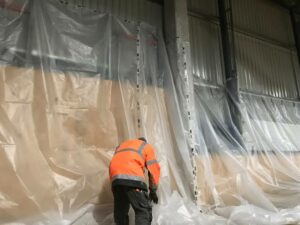
Fumigant Distribution Issues
Fumigant Distribution Issues are among the common reasons of Fumigation Failures in Agriculture, Even when the correct dosage of fumigant is applied, improper distribution can lead to fumigation failure. Since phosphine is a gas, it must evenly fill the space to ensure that pests at all stages of their life cycle are effectively targeted.
Causes
- Inconsistent Gas Diffusion: If the fumigant is not evenly distributed throughout the treatment area, pockets of untreated space may remain, allowing pests to survive.
- Obstructions in the Storage Area: Large volumes of stored goods, machinery, or other objects within the fumigation space can obstruct the gas from reaching certain areas, especially cracks and crevices where pests may be hiding.
Impact
- Even if the correct dosage is applied, pests that remain hidden in untreated pockets of the space can survive and reproduce, leading to reinfestation.
- Incomplete fumigation results in ineffective pest control and potential loss of valuable crops.
Solution
- Ensure that the fumigant is distributed evenly throughout the space by using proper application techniques and equipment.
- Remove obstructions or ensure that fumigant can easily diffuse through stored goods. Employ gas detectors to monitor distribution.
Fumigant Resistance in Pests
Some pest species may develop resistance to fumigants over time, making them harder to control with standard fumigation treatments.
Causes
- Repeated Use of the Same Fumigant: Overuse of phosphine and other fumigants without rotation can lead to the evolution of pest populations that are resistant to these chemicals.
- Genetic Adaptation: Pests that survive fumigation treatments can pass on resistance traits to subsequent generations, gradually making the pest population more difficult to control.
Impact
- Pest populations become more resilient to fumigants, reducing the effectiveness of standard fumigation treatments.
- Increased pest survival rates lead to continued contamination of agricultural products.
Solution
- Rotate fumigants with different modes of action to reduce the likelihood of resistance developing.
- Regularly monitor pest populations and susceptibility to fumigants, adjusting treatments as necessary.
Inappropriate Fumigant for Specific Pest Species
Not all pests respond the same way to fumigation. Phosphine, for example, may not be effective against certain pest species or life stages.
Causes
- Targeting the Wrong Pest Stages: Some fumigants are more effective against specific stages of pest development. Phosphine is effective against adults, larvae, and eggs, but other pests may require different treatments.
- Pest Identification Errors: Incorrectly identifying the pest species in the infested area can lead to the application of inappropriate fumigants.
Impact
Fumigation treatments may not target the pest species or life stages that are most vulnerable to fumigation, leading to incomplete pest control.
Solution
Ensure accurate pest identification before fumigation and select the appropriate fumigant based on pest species and their life stages.
Lack of Post-Fumigation Ventilation
Post-fumigation ventilation is a critical step to ensure the safe removal of residual fumigants from the treated space. Without proper ventilation, harmful residues can remain, posing health risks to workers and contaminating the treated product.
Causes
- Insufficient Aeration: Failure to properly ventilate the fumigated space can lead to the accumulation of residual fumigants, which can affect product safety and cause toxicity issues for humans or animals.
- Timing Issues: In some cases, fumigants may linger in the air longer than anticipated if not adequately ventilated, creating risks for individuals handling the treated products.
Impact
- Residual fumigants can contaminate food products or damage them, rendering them unsafe for consumption or trade.
- Safety risks for workers can also result from prolonged exposure to fumigants.
Solution
Ensure thorough aeration of the treated space according to recommended safety procedures. Wait the appropriate amount of time before allowing workers to re-enter or handling the treated products.
Fumigation is an essential tool for managing pests in agricultural products, but several factors can contribute to its failure in achieving effective pest control. These factors range from improper fumigant dosage and inadequate sealing of the fumigation space to environmental conditions, resistance development in pests, and more. By understanding these causes and implementing the necessary measures to address them, agricultural engineers and fumigation professionals can significantly improve fumigation efficacy and safeguard the quality of agricultural commodities.
Continuous monitoring, proper application techniques, and adherence to international standards are crucial for ensuring successful pest control. Additionally, maintaining vigilance regarding the development of pest resistance and adjusting fumigation practices accordingly will ensure long-term success in pest management.

